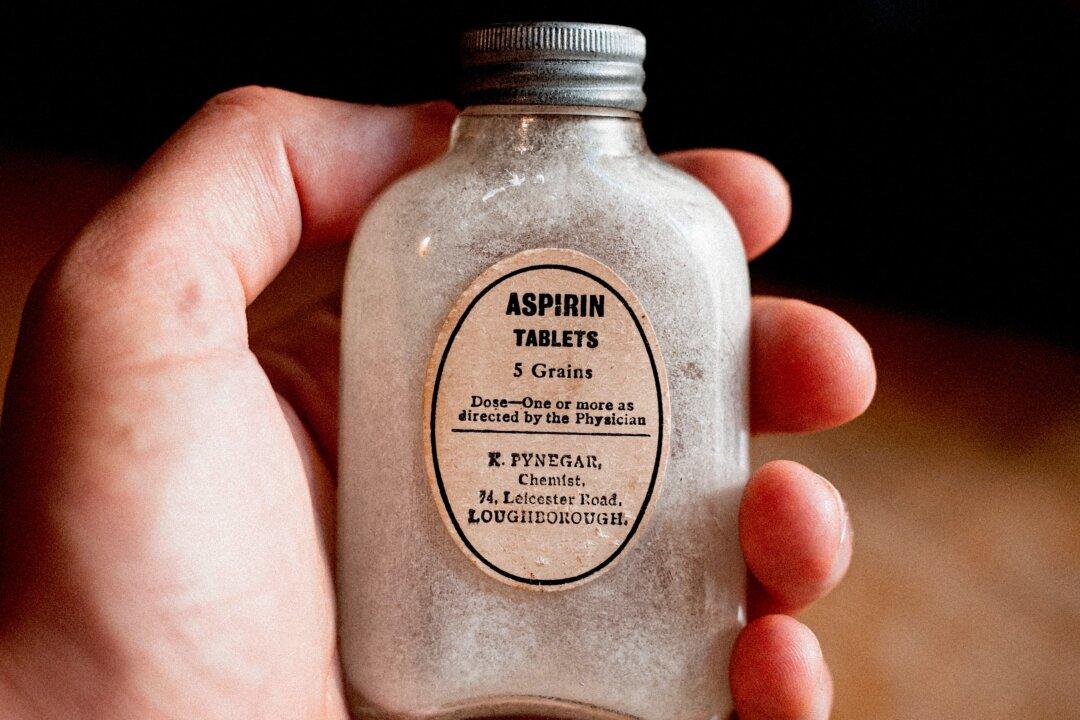When the Solari Report announced Wim Hof to be the recipient of the 2021 Hero of the Year award in December 2021, we took notice. Calling Wim Hof one of the most likely men to make an enormous difference in natural health care in the coming years, they shared his extremely practical, results-driven, and virtually free techniques.
Who’s Wim Hof?
Wim Hof is a Dutch 63-year-old motivational speaker, extreme athlete, and voluntary experimental candidate who has made it his mission to share what he’s learned with the rest of the world. Nicknamed the “Iceman,” Wim Hof is most known for his ability to withstand extremely cold temperatures—so much so, that he holds the Guinness World Record for the longest ice bath (1 hour, 52 minutes, and 42 seconds) in addition to 26 other world records for a variety of equally admirable feats.The backstory as to how he first experienced the method that he says saved his life is extraordinary, although sad. His wife, suffering from extreme depression, took her life by jumping from an eight-story building in the middle of the night, leaving him with four young children to raise.






